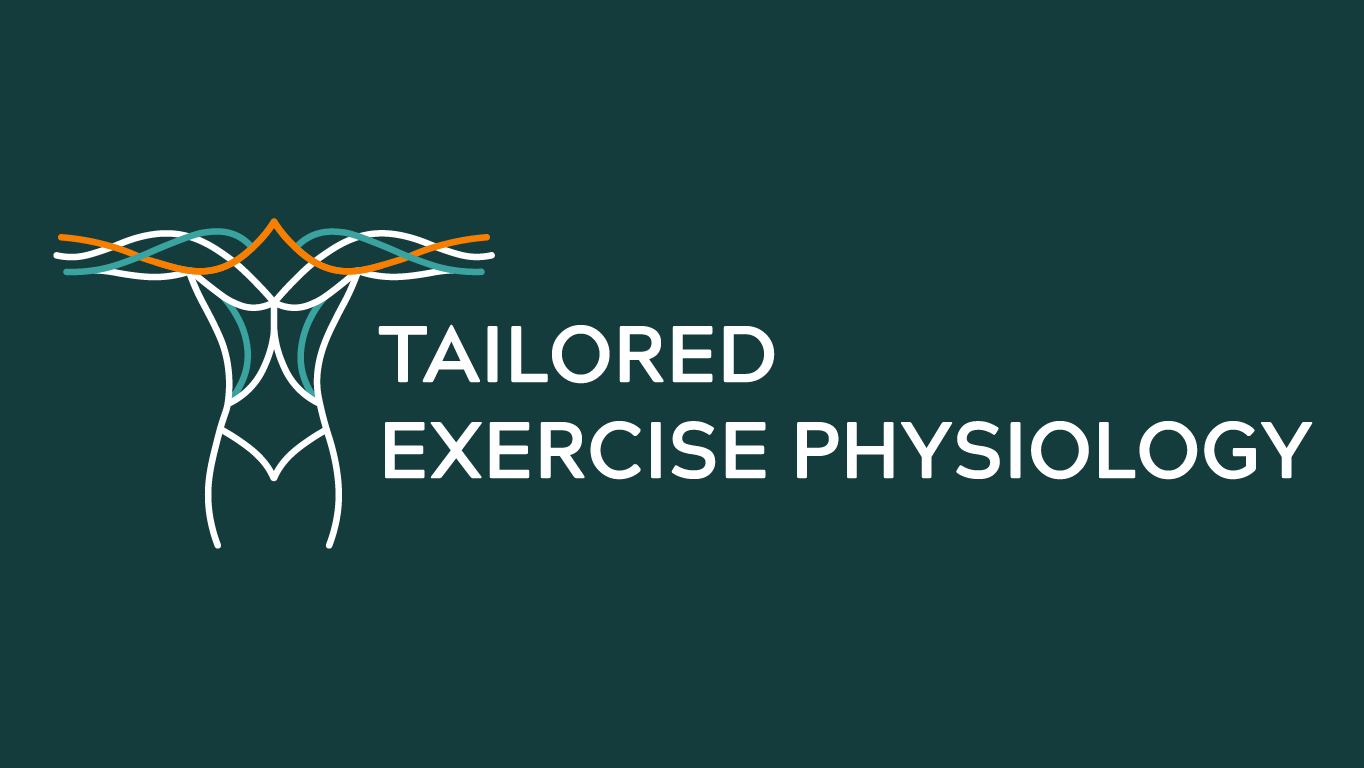Why a weight loss exercise plan is not just for the looks.
When contemplating weight loss, our minds often gravitate towards common motivations driving the endeavour.
Reasons include fitting into our clothes, building confidence, or aligning with societal body image standards.
However, weight holds significant importance to health professionals due to its impact on overall well-being.

Obesity’s prevalence is prominent in Western nations and constitutes a major contributor to disease burden. Beyond individual repercussions on health and lifestyle, there is also significant strain to the healthcare system.
Obesity serves as a visible indicator of underlying health risk factors.
Observable changes include waistline alterations, mobility issues, breathlessness, and mood fluctuations. These outward signs predispose us to various health conditions and affect physiological parameters such as triglyceride levels, blood pressure, cholesterol, glycaemic control, hormonal balance, and cardiac and pulmonary function.
Additionally, obesity undermines joint integrity and can impact musculoskeletal issues.
These silent warning signals in obesity’s early stages can escalate into significant health challenges, exacerbating conditions like diabetes, cardiovascular diseases, mental health disorders, dementia, and others.
Therefore, addressing weight concerns goes beyond aesthetics; it’s fundamental for safeguarding long-term health and vitality.
How can a weight loss exercise plan improve health?
Exercise forms a portion of a wider requirement for behavioural change. Evidence consistently points toward a combination of diet and exercise as the most effective conservative strategy for weight loss.
Exercise alone will change your body composition and is dependent on the frequency, intensity, and type of exercise you participate in.
Aerobic exercise is the most popular weight loss exercise plan. Indeed, evidence supports aerobic exercise, especially high intensity interval training (HIIT), for weight loss. It directly targets the cardiorespiratory system, has positive effects on your metabolic health, and reduces subcutaneous and visceral fat.

Often overlooked, but no less effective, is resistance or weight training for weight loss. Resistance training has been proven to increase muscle mass. It therefore has a net effect on body composition which is extremely favourable, especially when considering other health factors.
The combination of aerobic and resistance exercise provides advantages to body composition and health conditions and allows for variety in your weight loss workout plan.

Final Words:
Starting a weight loss exercise plan can be challenging. It requires habit-forming behaviour which drives on consistency and intensity.
This is why Exercise Physiologists are helpful in commencing or continuing your weight loss journey. They provide effective and safe exercise programs and consider many factors, including your comorbidities, when prescribing an individualised program.
Please remember to consult your health professional before commencing a weight loss workout plan, especially if you have comorbidities that may affect safe exercise participation.
Contact Tailored Exercise Physiology for advice on how exercise will help you acheive your weightloss goals.


